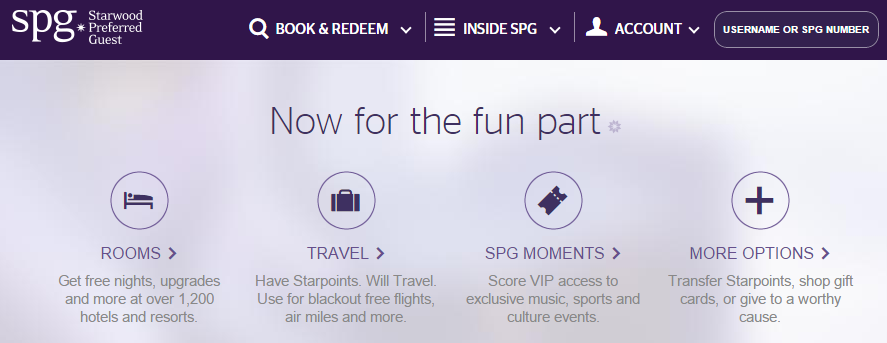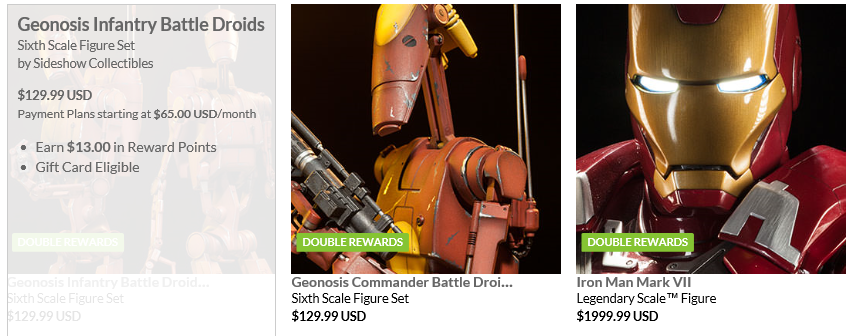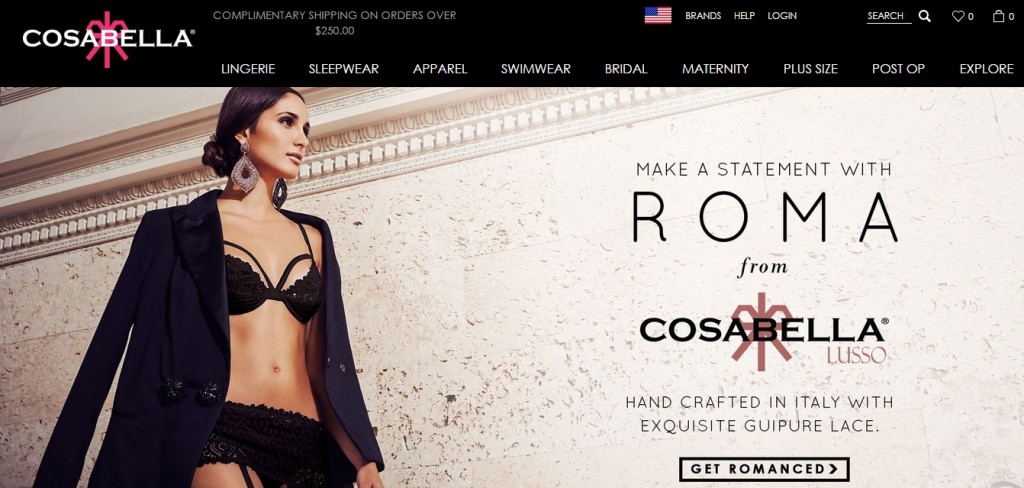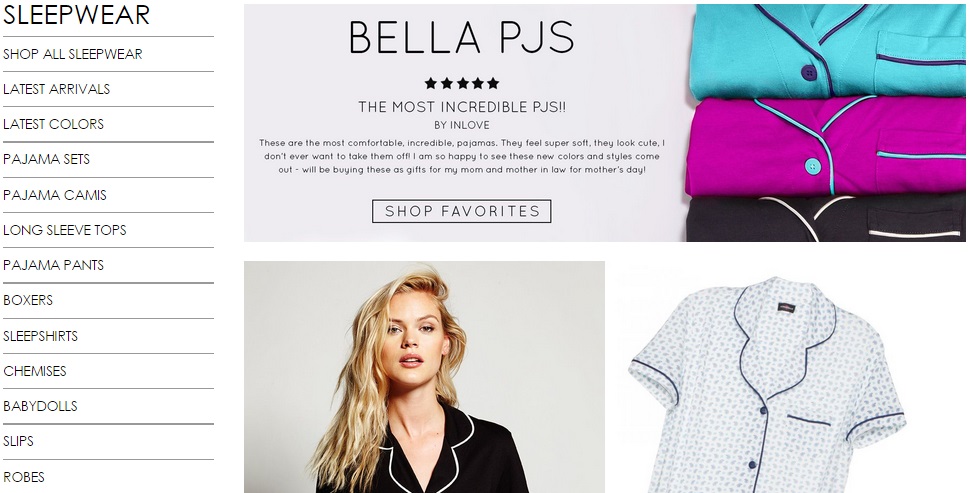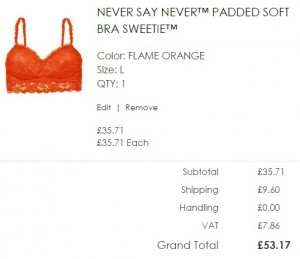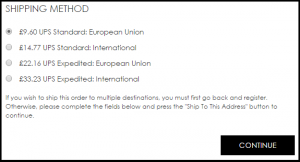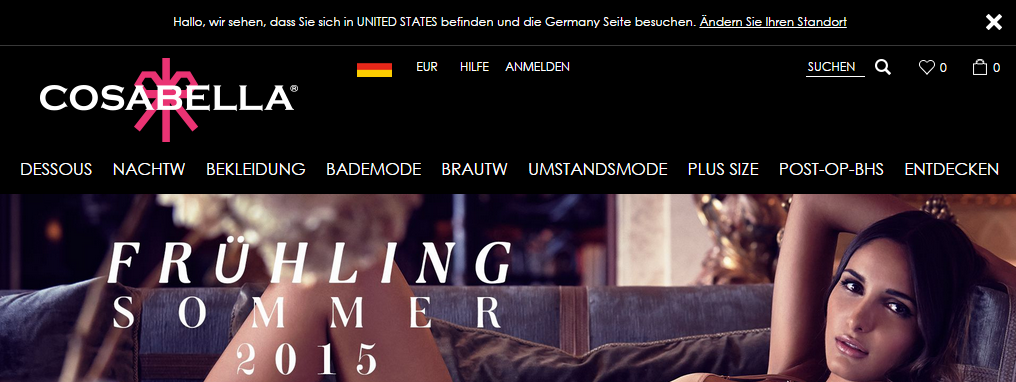The numerous options available for apparel items can make merchandising challenging for ecommerce retailers. With numerous color, size, and other combinations available for given items, it takes a bit of strategy to ensure that your items show up in search results for customers.
Smart Product Pages
For a long time, a common practice was to put each variation of a single item on its own page. If a shirt came in sizes S-XL and in three different colors, each size/color combination had it’s own page – even if all the other details about the shirt didn’t change. Doing this today can have disastrous consequences on where your merchandise appears in search results. A pair of pants may come in a half dozen colors, with different lengths and waist measurements. You should make it as easy as possible for customers to find the pants and select the appropriate features.
In apparel, products have numerous, nearly identical iterations. These differences are essential to a customer’s purchase decision but creating separate pages for each size/color option will negatively impact how your site appears to customers. A 2014 study found that more than 71% of searches on Google resulted in organic clicks on the first page of results. Nearly 68% of those searches clicked through on one of the first five results. Beyond the first page, the number of search results clicked through dwindles to less than 6%. Appearing at the top of search results has clear benefits.
The solution to this challenge is straightforward: create product pages that allow you to include all the different variations in one place. This will concentrate information about a given product, making it easier for both customers and search engines to find the product. Customers appreciate not having to hunt through product pages to find the must-have dress in their size.
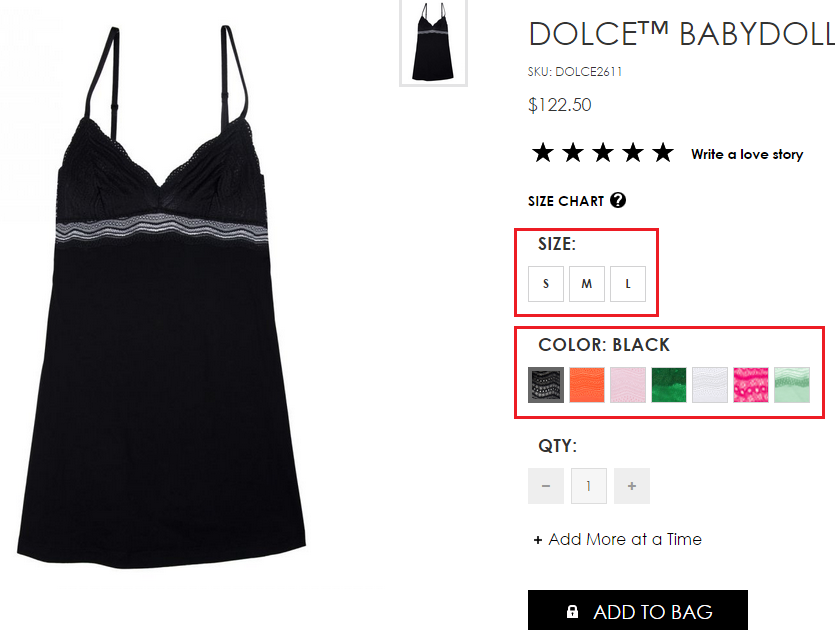
Image via Cosabella.com
Take advantage of merchandising tools to make this engaging for customers, too: dynamic swatches to let customers see and select their prefered color and see their piece of clothing in that color; drop-down menus to select size or length make adding items to carts straightforward, removing barriers to conversion.
Straightforward URL Structure
Make it easy for customers to browse your site and find what they are looking for with clear, straightforward URL structure. When a customer glances at the web address, they should be able to identify what department they’re located in without effort – just as if they were standing in the middle of a department and looked around to determine where they were. For example, glancing at the address bar for the the category page below tells the customer they are in the Newborn section of the site, looking at Rompers specifically.
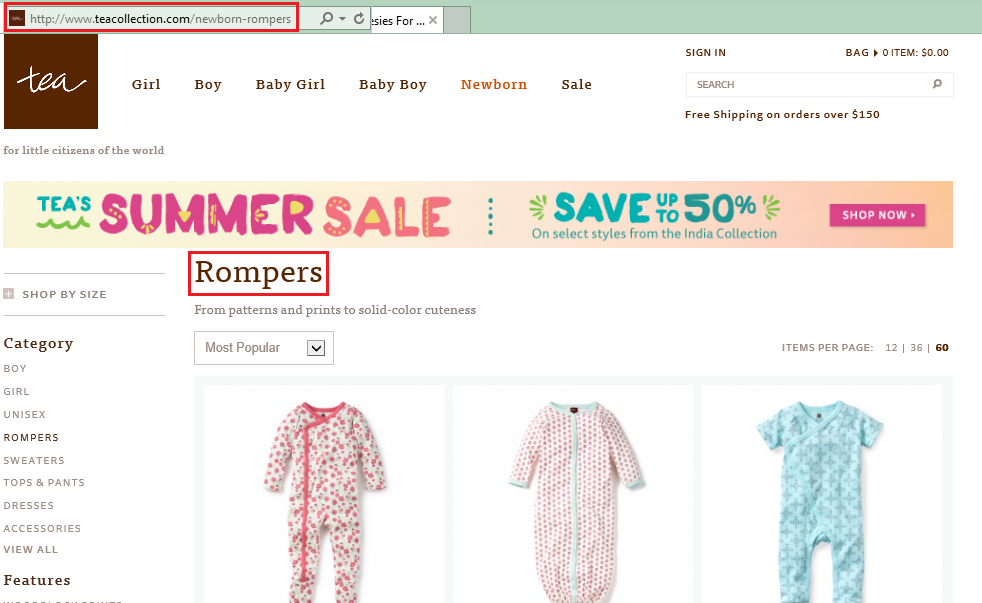
Image via Tea Collection
As customers get further into browsing, a breadcrumb trail on each product page helps them keep track of what department and category they are shopping, making it easy for them to find their way around – and back to a specific item at a later point if necessary.
If a product can be found in multiple categories, it is important to have a single product page to which all links refer back to. This helps consolidate SEO information and ensures the product page shows up when it should in search results. Was with item variables, keeping a product in one easily-identifiable will keep it at the top of the results page.
Unique & Useful Product Descriptions
Brand identity is an important component in fostering relationships with your customers. Showing customers how your apparel stands apart – and will set them apart – is an important part of building that connection with customers. Writing content descriptions and creating unique content that reflects your brand identity will not only deepen the bond between your company and your customers, but it will also improve SEO – particularly if other sites are offering the same product from your supplier. While your competitors use a generic description provided by your supplier (and perhaps other competitors), describing the item in your brand voice will not only appeal to your customers, but the original content will improve your search standing. You don’t need to write an essay about each product, but be sure that the product information includes what will matter to your customers – and if you do it in your own unique brand voice so much the better. The description below both illustrates the feature of the climbing pack and conveys Patagonia’s brand identity as a company focused on exceptional gear for mountaineering and sustainability.
Implementing best-practices to improve SEO and draw more customers to your site isn’t daunting. As with so much of apparel ecommerce, it simply requires putting a bit of thought into your company’s goals, what you are currently doing to meet those goals, and building a strategy to better meet or exceed those goals. Adjusting an existing strategy or launching a new one requires rethinking how you have handled product pages, URLs, or descriptions in the past. The improved traffic and conversions that came from your improved strategy will pay for that effort in the long run.

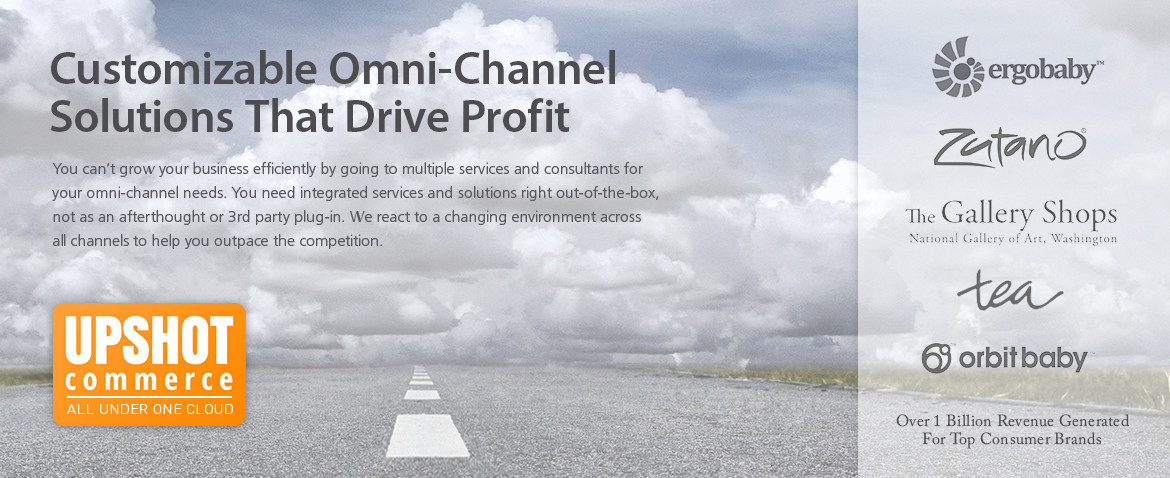
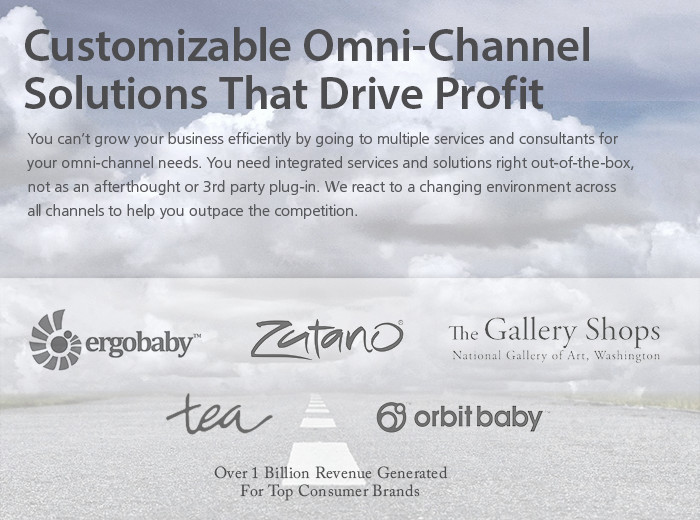











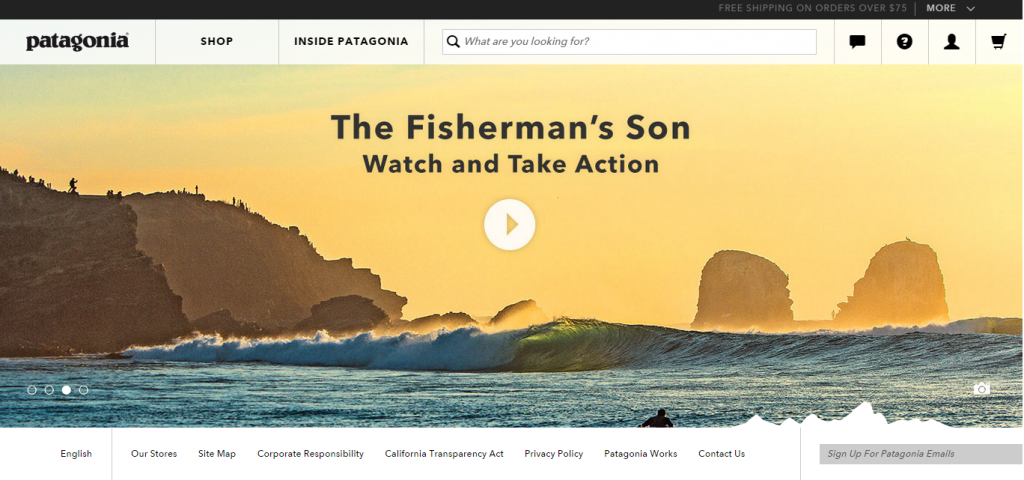
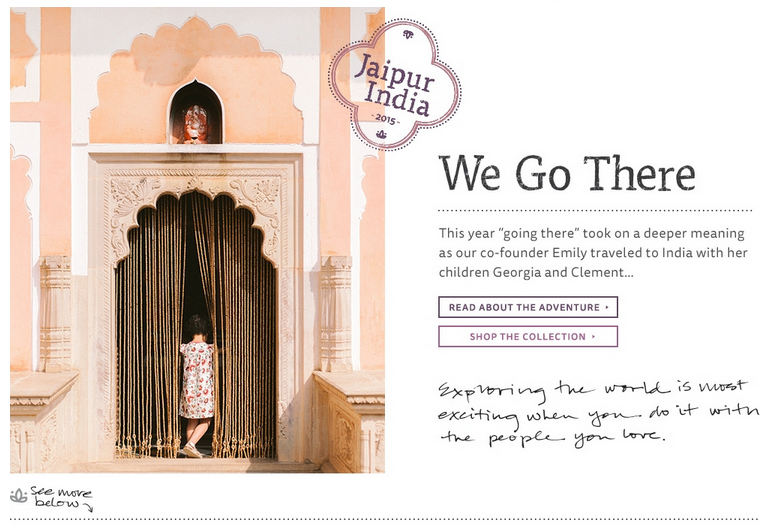




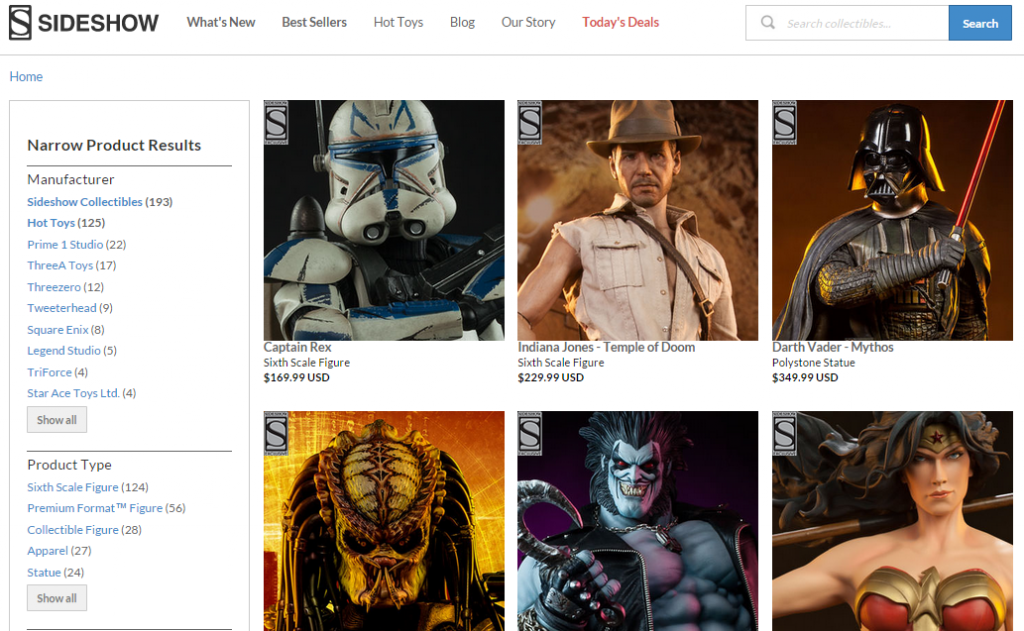
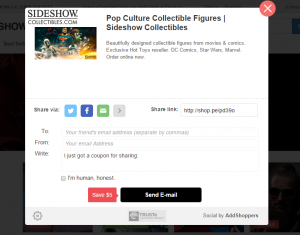

 ddShoppers powers social commerce for over 10,000 brands including The Economist, NCR, O’Neill Clothing, and Everlast. With just a few snippets of code, marketers are empowered with accurate revenue attribution, exportable lists of purchase influencers, and easy to create referral marketing campaigns including Refer-A-Friend, Social Rewards, and more. With AddShoppers it’s easy to collect more emails with dynamic targeted Smart Offers plus our Smart Social Sharing Buttons are built to enhance your email marketing and retargeting campaigns with powerful social data. Visit
ddShoppers powers social commerce for over 10,000 brands including The Economist, NCR, O’Neill Clothing, and Everlast. With just a few snippets of code, marketers are empowered with accurate revenue attribution, exportable lists of purchase influencers, and easy to create referral marketing campaigns including Refer-A-Friend, Social Rewards, and more. With AddShoppers it’s easy to collect more emails with dynamic targeted Smart Offers plus our Smart Social Sharing Buttons are built to enhance your email marketing and retargeting campaigns with powerful social data. Visit 
